Winter tips to beat the chill
Winter is coming, but are you wise to it? Make sure your home stays protected and runs smoothly throughout the cold season. Explore our top tips to keep your pipes in good shape, and stay winter wise.
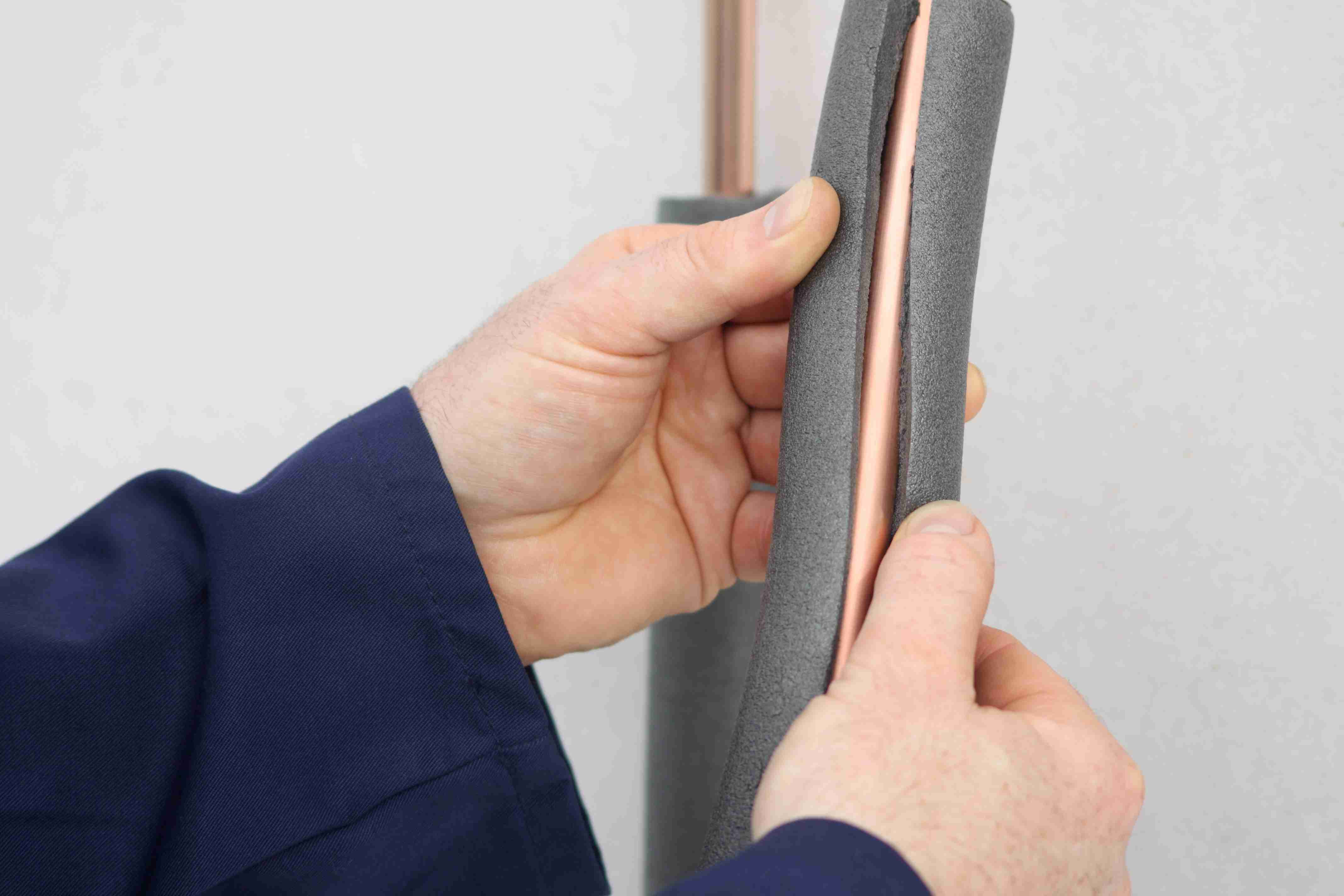
Insulate your pipes
Start by cutting the insulation pipe sleeve to the length you need. Wrap it onto the pipe and secure with tape, clamp or cable ties.
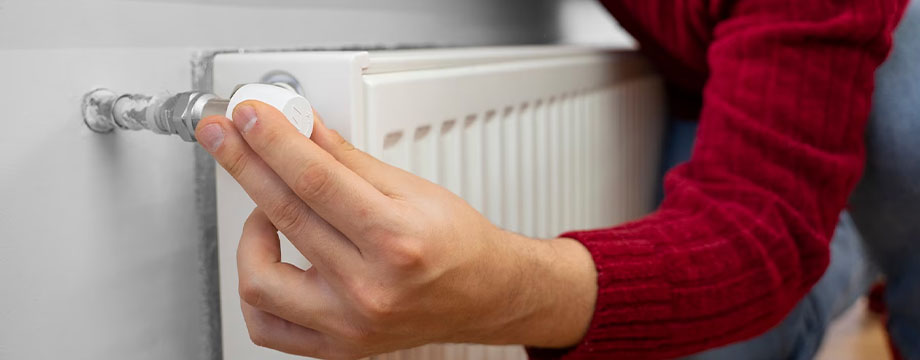
Check your radiators
Your radiators could have air in them preventing them from heating properly. Check for cold spots at the top, gurgling noises and if it takes longer to heat up.

Clear gutters and drains
Help water drain away from your home by clearing clogged gutters and pipes twice a year. This will help prevent water spilling and structural damage too.
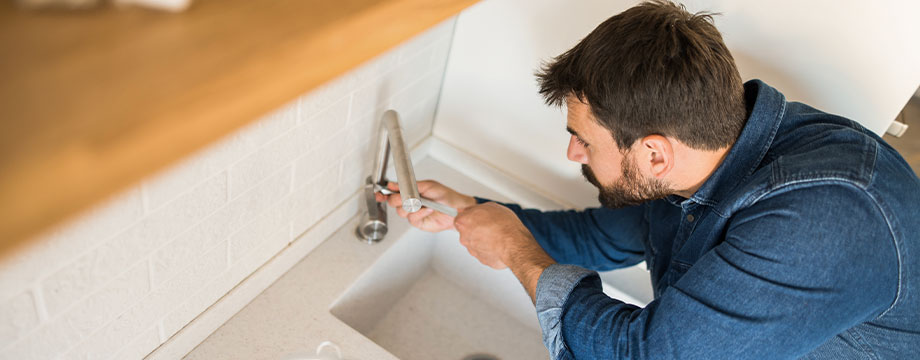
Locate your stop tap
Know where your stop tap is and how to use it to turn it off quickly. This will help in the event of an emergency, such as a leak.
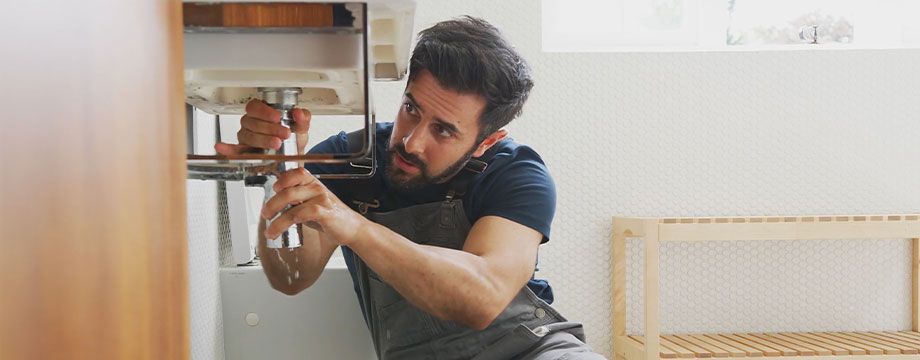
Have a plumber at hand
Keep the name and number of an approved plumber in case of an emergency. We recommend a WaterSafe approved plumber.

Thaw frozen pipes
Not sure what to do if your pipes freeze? We recommend using a wrapped hot water bottle to thaw them out slowly. Just remember to turn your stop tap off first.
Stay water smart with our top tips
Little changes, big impact. View how to make the most of every drop at home or work.
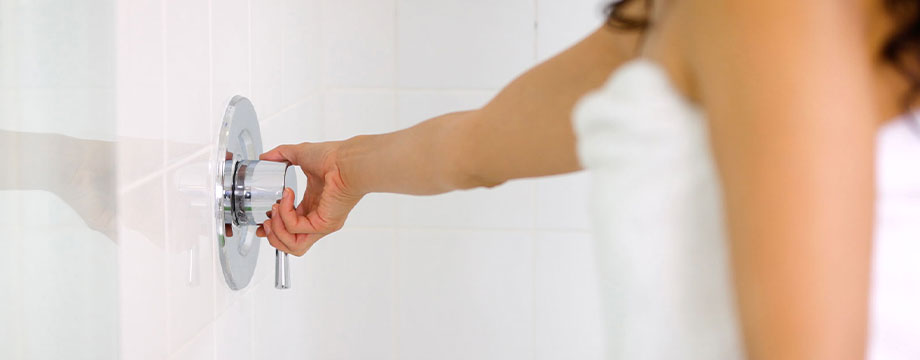
Take shorter showers
Shaving two minutes off the average 10 minute shower saves £73 on water and energy bills a year and 20 litres of water, per person.
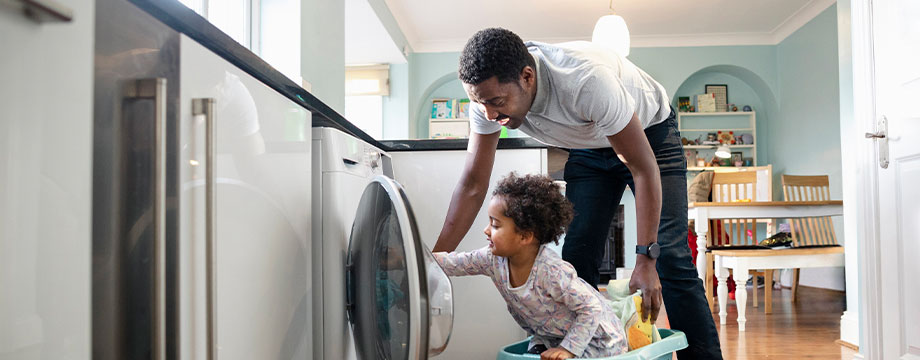
Reduce your washes
By reducing the number of weekly washes by two, you could save £46 on water and energy bills.
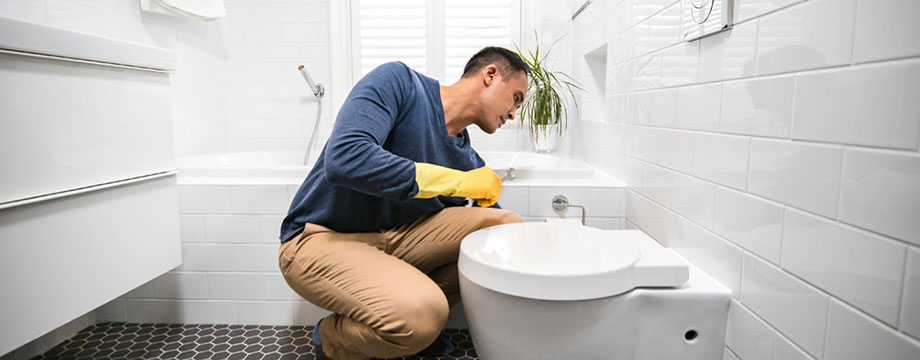
Fix leaky loos
From a trickle, ripple or full flow, leaky loos on average waste 200 to 400 litres a day. It can add £100s to your yearly bill.
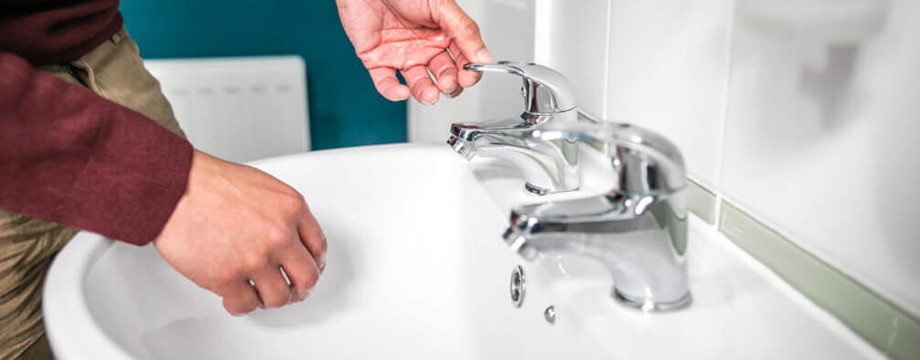
Turn off the tap
You might be in a rush – but always turn the tap off when you brush! A running tap uses up to nine litres of water a minute.
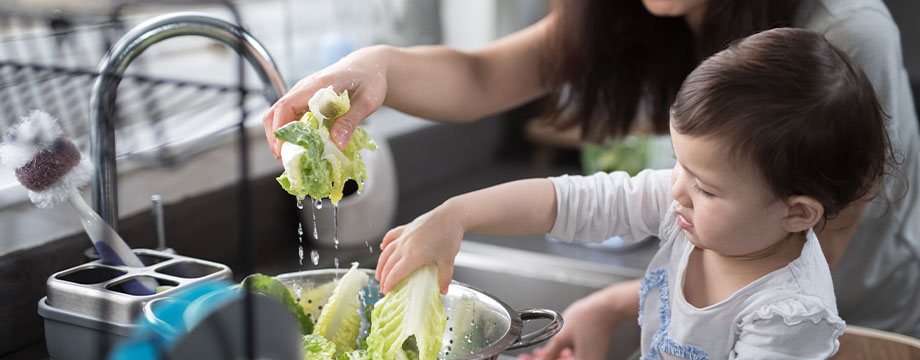
Get creative in the kitchen
Use a bowl in the sink to wash your fruit, veg and dishes. Plus you can use the leftover water to give your plants a drink or wash the patio!
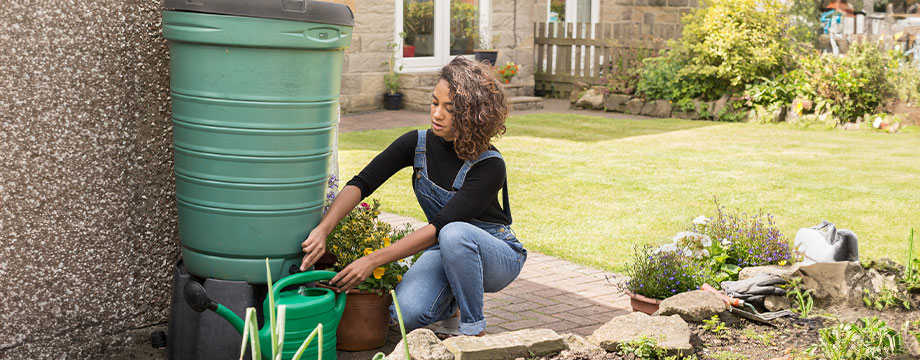
No ifs, just butts
Collecting rainwater off your roof into a water butt is a great way to save water. And your plants prefer fresh rain over treated water!
Take control of your water usage
You can check your water usage, detect leaks early, and earn rewards for saving water.
Check your water usage
Get personalised tips by answering some quick and easy questions.
Our water saving calculator shows you how much water and energy your household uses. Plus, it'll show you how you can save.
How to check if you have a leak
Our leaks page goes through how you can check for a leak in your home.
If you need help with plumbing work, we have a range of WaterSafe approved plumbers available.
Get rewards for saving water
We’ve partnered with Greenredeem to reward you for saving water at home.
Earn points by taking quizzes, making pledges, and watching short videos. Then, use your points to enter prize draws, claim personal rewards, or support a charity.
